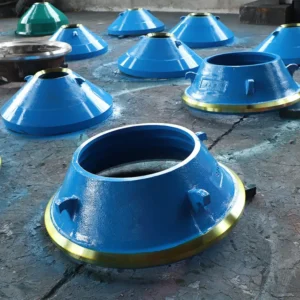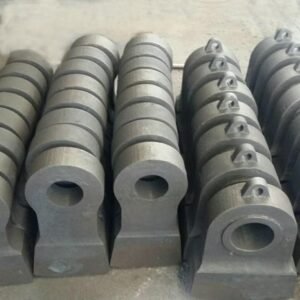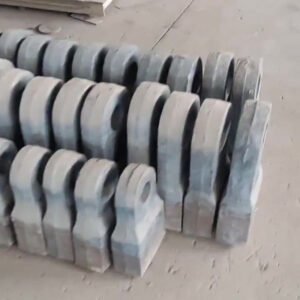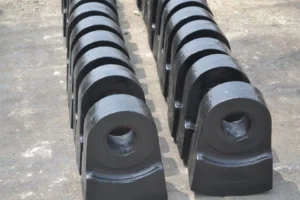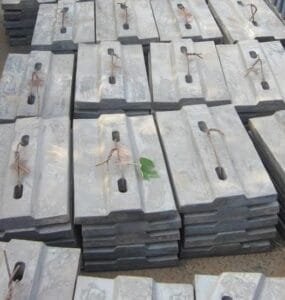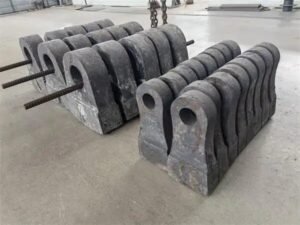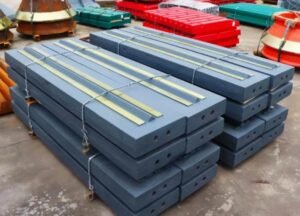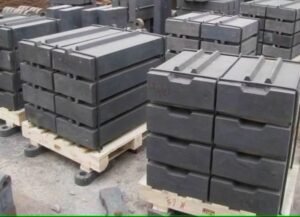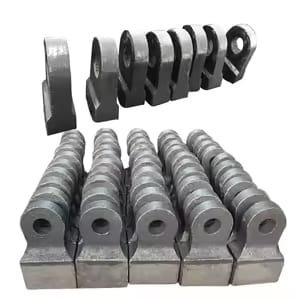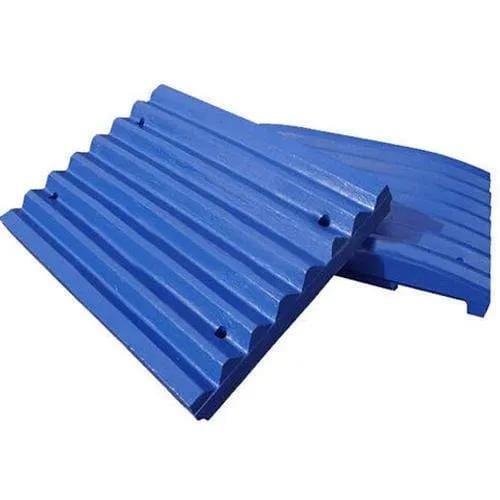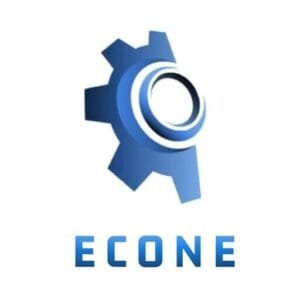Introduction
The performance and efficiency of a cone crusher largely depend on the quality and suitability of its bowl liner. A properly selected cone crusher bowl liner enhances crushing efficiency, minimizes downtime, and reduces operational costs. Choosing the right liner involves understanding material composition, liner profiles, crushing applications, and wear resistance. In this guide, we will explore essential factors to help you select the best bowl liner for your specific needs.
1. Understanding the Role of the Cone Crusher Bowl Liner
The bowl liner is a critical wear component in cone crushers. It works in conjunction with the mantle to crush material efficiently. The gap between the bowl liner and the mantle determines the final product size. Poorly selected liners can lead to:
- Reduced crushing efficiency due to improper material flow
- Excessive wear and tear, leading to frequent replacements
- Higher operational costs from energy consumption and maintenance
Choosing the right liner improves crushing performance, extends wear life, and optimizes output.
2. Key Factors in Selecting a Cone Crusher Bowl Liner
A. Material Composition
The material of the bowl liner determines its durability and resistance to wear. Common materials include:
- High-Manganese Steel (Mn13, Mn18, Mn22) – Excellent for high-impact applications, providing great toughness and wear resistance.
- Alloy Steel – Ideal for extreme conditions where impact resistance and heat treatment are required.
- TIC Insert Liners – Titanium carbide inserts enhance liner durability and prolong service life.
- Chrome-Molybdenum (CrMo) Alloy – Offers better hardness and abrasion resistance, ideal for abrasive materials.
B. Liner Profile and Design
Different bowl liner profiles affect material flow, crushing efficiency, and liner wear. The most common profiles are:
- Standard Bowl Liner – Suitable for secondary crushing, providing balanced wear and output.
- Medium Bowl Liner – Offers a balance between finer crushing and wear life.
- Fine Bowl Liner – Best for tertiary crushing, ensuring smaller product sizes with more precision.
Choosing the correct liner profile helps in achieving desired product size, reducing recirculation load, and improving efficiency.
C. Crusher Type and Application
Different cone crushers require different bowl liners based on their design and operational requirements. Factors to consider include:
- Feed material hardness and abrasiveness
- Required output size and production goals
- Operating conditions (high temperatures, extreme pressure, etc.)
- Crusher model and compatibility with liner designs
D. Wear Resistance and Durability
A high-quality bowl liner should withstand extreme crushing conditions. Features that improve wear resistance include:
- Advanced heat treatment for increased hardness
- Reinforced edges to resist breakage
- Optimized material composition to balance toughness and wear resistance
Choosing a liner with better wear resistance minimizes replacements and operational costs.
3. Benefits of Choosing the Right Cone Crusher Bowl Liner
- Improved Crushing Efficiency – The right liner enhances material throughput and minimizes energy consumption.
- Extended Wear Life – A durable liner reduces frequent replacements and downtime.
- Optimized Product Quality – Proper liner selection ensures uniform particle size and better aggregate quality.
- Lower Operational Costs – Reduced maintenance and downtime lead to increased profitability.
4. Signs It’s Time to Replace Your Bowl Liner
Regular maintenance and monitoring can prevent unexpected failures. Signs that indicate a liner replacement is needed:
- Excessive Wear – Visible thinning or deformation of the liner.
- Uneven Crushing Output – Inconsistent product size and increased recirculation load.
- High Power Consumption – A worn liner increases energy usage.
- Increased Downtime – Frequent clogging and breakdowns.
Timely replacement ensures continued efficiency and prevents damage to other crusher components.

